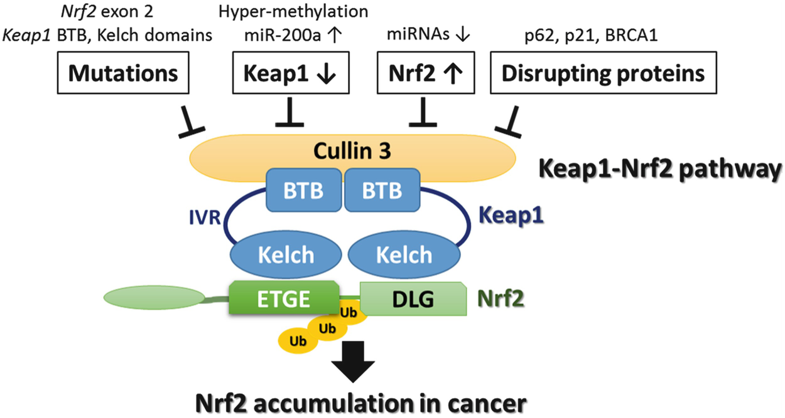
 中央研究院 生物化學研究所
中央研究院 生物化學研究所
Cullin 3 (Cul3) family of ubiquitin ligases comprises three components, the RING finger protein RBX1, the Cul3 scaffold, and a Bric-a-brac/Tramtrack/Broad complex (BTB) protein. The BTB protein serves as a bridge to connect Cul3 to substrate and is functionally equivalent to the combination of substrate adaptor and linker in other Cullin complexes. Human genome encodes for ~180 BTB proteins, implying a broad spectrum of ubiquitination signals and substrate repertoire. Accordingly, Cul3 ubiquitin ligases are involved in diverse cellular processes, including cell division, differentiation, cytoskeleton remodeling, stress responses, and nerve cell functions. Emerging evidence has pointed to the prominent role of Cul3 ubiquitin ligases in cancer. This chapter will describe recent advances on the roles of Cul3 E3 ligase complexes in regulating various cancer hallmarks and therapeutic responses and the mutation/dysregulation of Cul3 substrate adaptors in cancer. In particular, we will focus on several extensively studied substrate adaptors, such as Keap1, SPOP, KLHL20, and LZTR1, and will also discuss other recently identified Cul3 adaptors with oncogenic or tumor-suppressive functions. We conclude that Cul3 ubiquitin ligases represent master regulators of human malignancies and highlight the importance of developing modulating agents for oncogenic/tumor-suppressive Cul3 E3 ligase complexes to prevent or intervene tumorigenesis.
